Aseptic Packaging Systems: Ensuring Food Safety and Quality
The Evolution of Aseptic Packaging Systems in Ensuring Food Safety and Quality
In today’s fast-paced world, where convenience and health go hand in hand, the importance of aseptic packaging systems cannot be overstated. Aseptic packaging has revolutionized the way we store and consume food, ensuring that products stay fresh, flavorful, and safe for longer periods.
Traditionally, food preservation methods have relied on techniques like canning or refrigeration. However, these methods have limitations in terms of shelf life and portability. Aseptic packaging solves these challenges by sterilizing both the food product and the packaging material, preventing contamination and spoilage.
One of the key benefits of aseptic packaging is its ability to maintain the nutritional value and flavor of the food without the need for preservatives or refrigeration. This makes it ideal for a wide range of products, including dairy, beverages, and even pharmaceuticals.
Moreover, aseptic packaging systems are environmentally friendly, as they require less energy and resources compared to traditional preservation methods. They also reduce food waste by extending the shelf life of products, minimizing spoilage, and allowing for efficient distribution.
The Process of Aseptic Packaging
The aseptic packaging process involves several key steps to ensure the safety and quality of the final product. Firstly, the packaging material is sterilized using heat or chemicals to eliminate any potential contaminants. Then, the food product is sterilized separately to maintain its freshness and nutritional content.
Once both the packaging material and the food product are sterilized, they are brought together in a sterile environment to create a sealed package. This process is conducted under strict aseptic conditions to prevent any microbial contamination.
After packaging, the products are stored in a controlled environment to maintain their quality until they reach the consumer. This ensures that the products remain safe for consumption without the need for refrigeration or preservatives.
The Role of Aseptic Packaging in Food Safety
Food safety is a major concern for consumers, manufacturers, and regulatory agencies alike. Aseptic packaging plays a crucial role in ensuring that food products are safe for consumption by preventing the growth of harmful bacteria and pathogens.
By sterilizing both the packaging material and the food product, aseptic packaging systems create a barrier against contaminants, maintaining the integrity of the products throughout their shelf life. This not only protects consumers from foodborne illnesses but also helps manufacturers uphold their reputation for quality and safety.
Benefits of Aseptic Packaging Systems
- Extended shelf life: Aseptic packaging allows products to stay fresh for longer periods, reducing food waste and ensuring consumer satisfaction.
- Nutritional preservation: By preserving the nutritional content of food without the need for preservatives, aseptic packaging systems support healthy eating habits.
- Convenience: Aseptic packaging makes it easier for consumers to store, transport, and consume a wide range of products without the need for refrigeration.
- Sustainability: Aseptic packaging systems are eco-friendly, requiring fewer resources and energy compared to traditional preservation methods.
Conclusion
In conclusion, aseptic packaging systems are a game-changer in the food industry, ensuring that products are safe, fresh, and high in quality. By combining innovative technology with a focus on sustainability and convenience, aseptic packaging has become a cornerstone of modern food safety and preservation. As consumer demand for safe and healthy products continues to grow, aseptic packaging systems will play an increasingly vital role in meeting these needs.
-
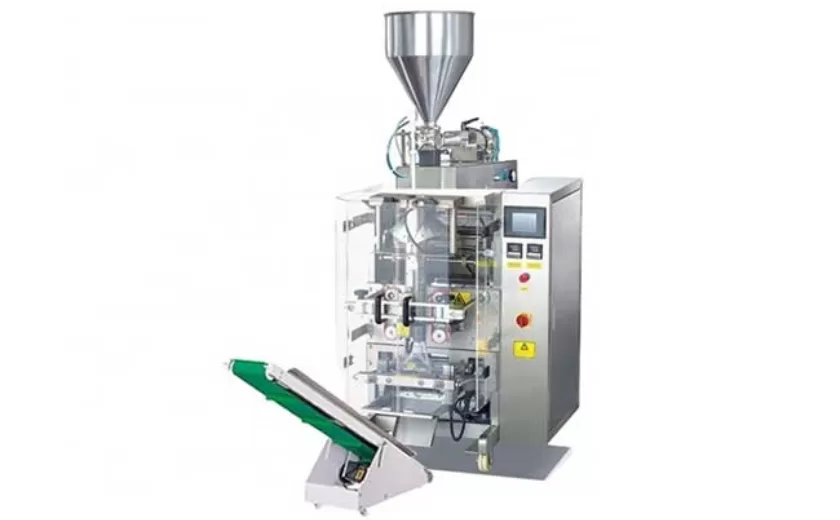
Advanced Packing Solutions: Snacks, Sugar, and Frozen Food Machines
29-10-2025 -
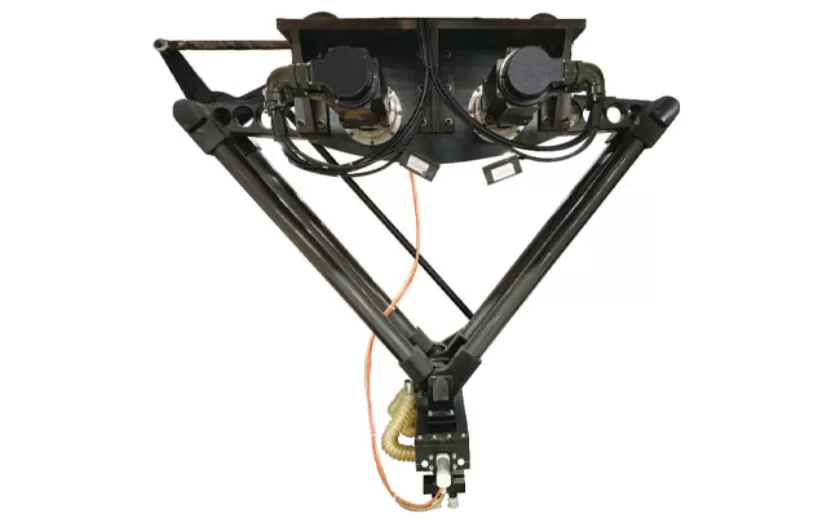
Efficient and Reliable Solutions for Salt, Nuts, and Frozen Dumplings Packing
29-10-2025 -
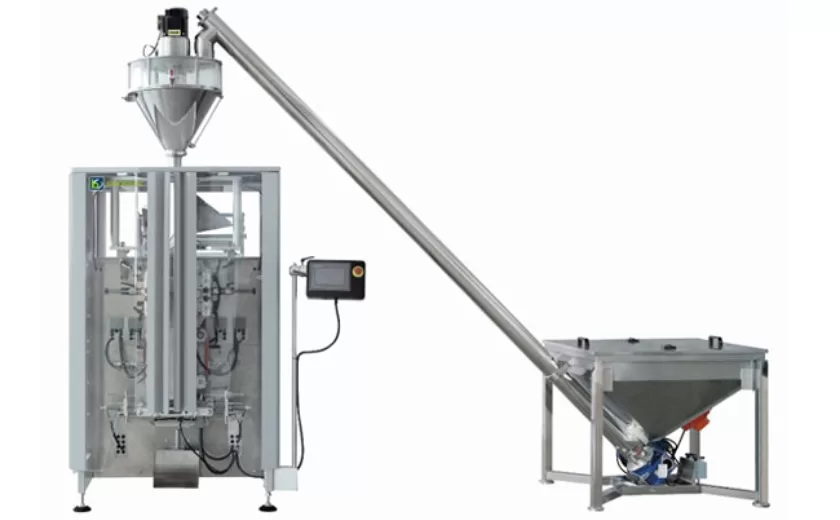
High-Performance Biscuits, Lollipop, and Ketchup Packing Machines for Modern Food Production
29-10-2025 -

Efficient Liquid Filling and Packing Machines for Modern Production
23-10-2025 -
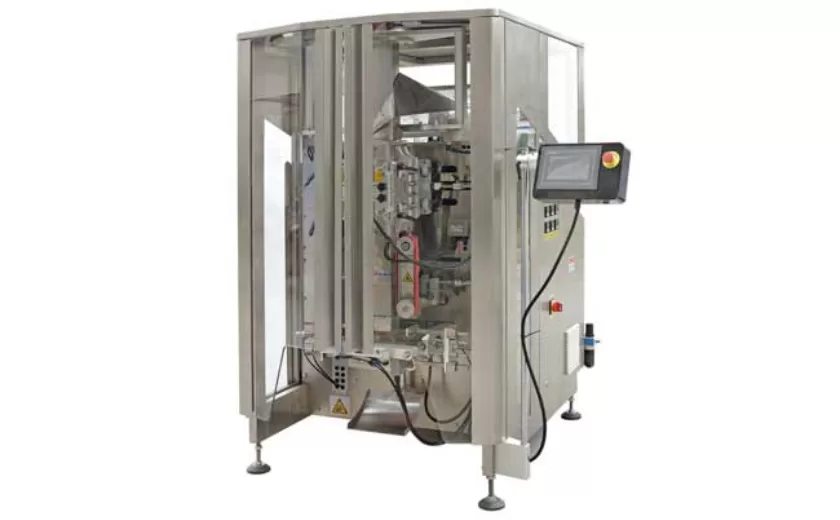
Reliable Granule Packaging Machines for Efficient Production
23-10-2025 -

Efficient Auger Powder Filling Machines for Accurate Packaging
23-10-2025 -

High-Performance Liquid Filling and Packing Machines for Hygienic Production
10-10-2025 -

High-Efficiency Granule Packaging Machines for Precision and Speed
10-10-2025 -

High-Precision Auger Type Powder Filling Machines for Efficient Packaging
10-10-2025 -
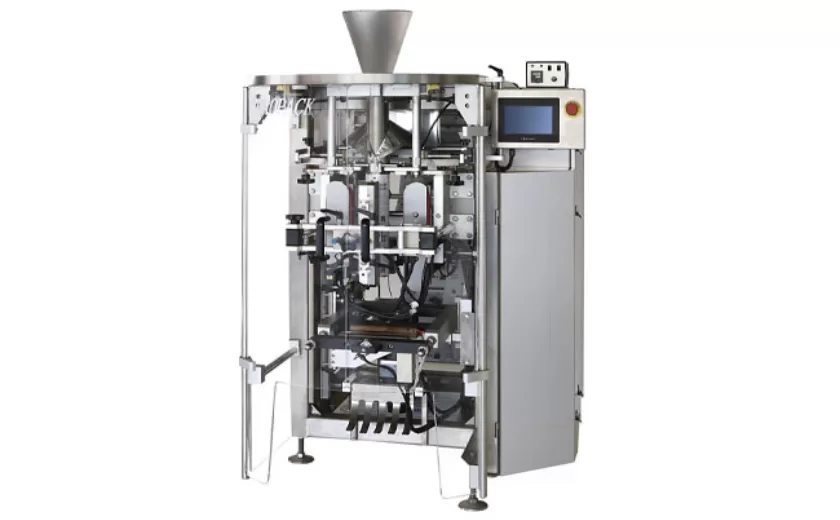
Efficient Vertical Form Fill Seal Packaging Machines for Smart Production
10-10-2025





